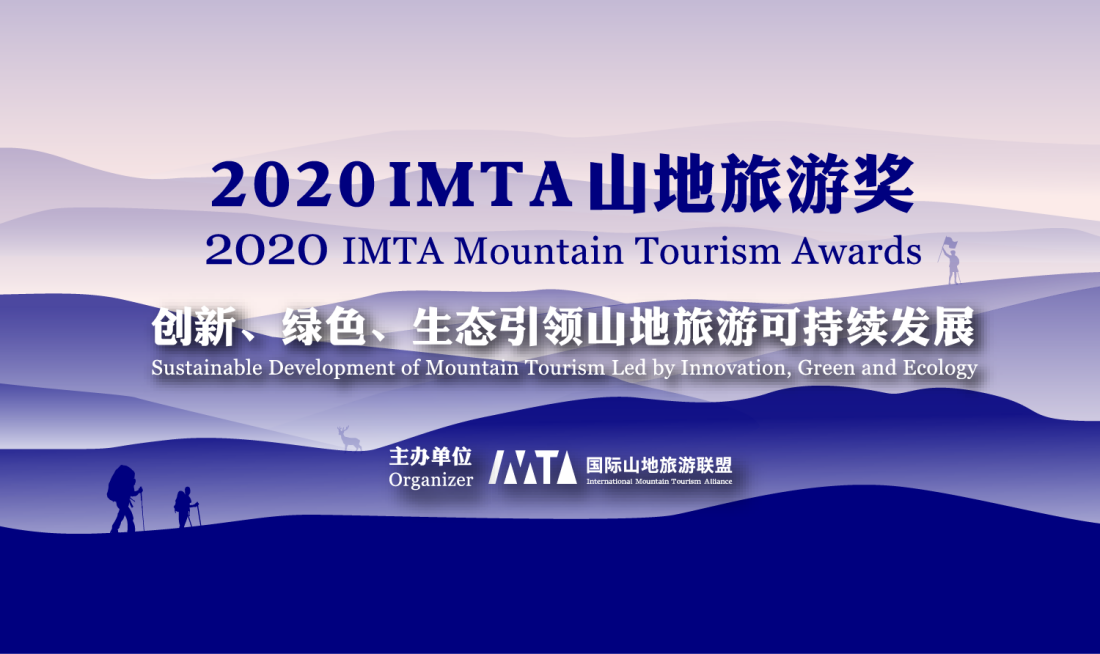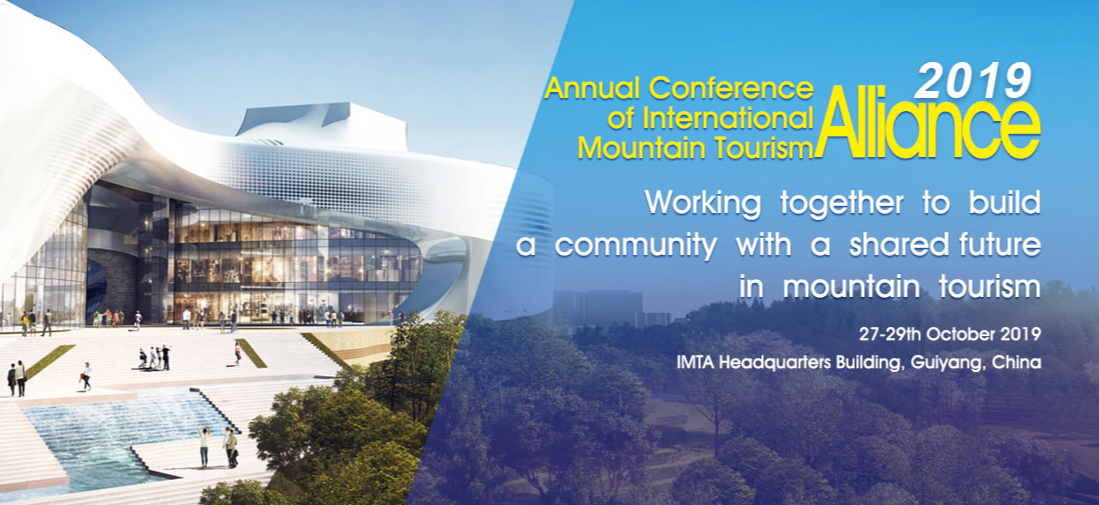A symposium organized by the medical associations of Sichuan and Guizhou provinces was held on November 11, bringing together healthcare professionals to discuss enhancing the quality of cultural, tourism, and sports industries through medical science.
The event featured remarks by Liu Zhaohui, Vice Chairman of the International Mountain Tourism Alliance (IMTA), alongside senior representatives from both provinces, including Yang Keqin, Chairman of the Guizhou Medical Association, as well as Xu Bin and Cao Li from the Sichuan Medical Association. The dialogue centered on the theme of how medical expertise can support and safeguard the high-quality development of tourism and sports, injecting new energy into mountain tourism.
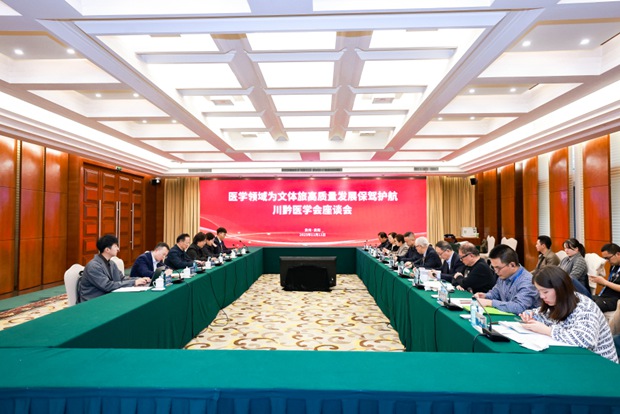
Wu Chunwei, Chairperson of the Health Management Committee, Guizhou Medical Association, highlighted the essential role of sports health in mountain tourism and sporting events. Noting the geographical proximity and resource complementarity between Sichuan and Guizhou, she advocated for building an integrated and standardized health support system for sports. Wu suggested leveraging Sichuan’s experience in developing personalized exercise prescriptions while adapting them to Guizhou’s unique mountain sports environment and diverse participant needs, with the aim of enhancing safety and promoting public health in a scientific and standardized manner.

Wu Shuang, Chairperson of the Physical Medicine and Rehabilitation Committee, Guizhou Medical Association, emphasized proactive rehabilitation and risk prevention in international mountain sports. She called for a shift from “reactive treatment” to “active health management,” proposing a four-point approach: preemptive risk identification through scientific assessment, multidisciplinary intervention to improve training and performance, standardized and scalable rehabilitation protocols, and stronger academic support through systematic training.

Cao Yu, Chairperson of the Medical Aesthetics and Cosmetics Committee, urged deeper collaboration between the two provinces, combining Guizhou’s ecological and developmental advantages with Sichuan’s advanced medical resources. He proposed building an innovation platform integrating wellness and big data to transform resource strengths into developmental gains.

Qiu Bing, Vice Chairman of the Guizhou Medical Association, elaborated on the integration of medicine and tourism, spanning extreme sports such as rock climbing and rappelling to leisure and wellness travel. He highlighted Sichuan’s leading role in medical sciences in Southwest China as a model for Guizhou. Qiu recommended joint efforts to build a plateau and mountain emergency medicine platform, with a focus on a “golden hour” rescue system, unified medical service standards, and a mountain rescue network covering the entire region.
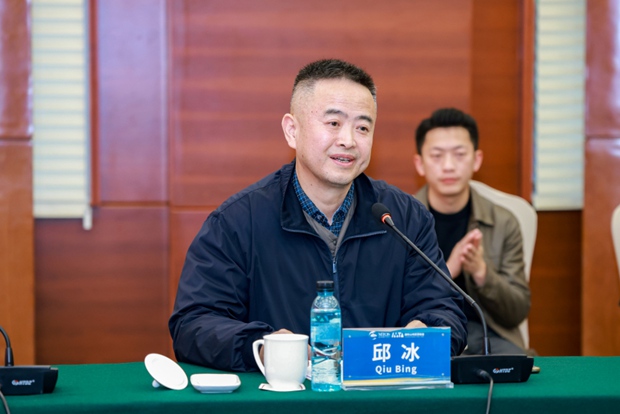
Cao Li, Vice Chairman of the Sichuan Medical Association, shared the achievements and future plans of the association. He outlined a talent development system that has nurtured discipline leaders, young professionals, and grassroots health workers. Moving forward, Sichuan aims to refine its academic brand, expand public science education, standardize continuing education, and improve membership services to support cross-provincial collaboration.
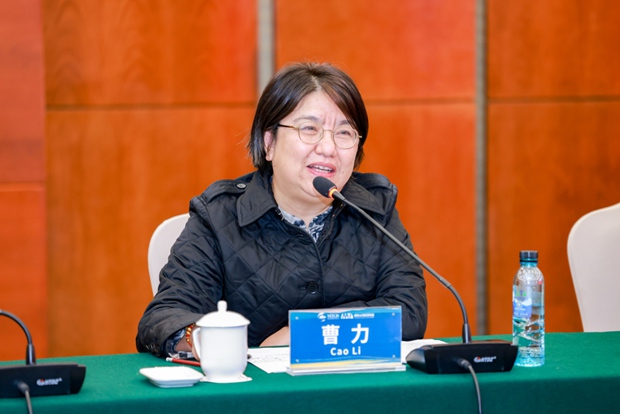
Xu Bin, Chairman of the Sichuan Medical Association, stressed the significant potential for cooperation between the two provinces. He proposed combining Guizhou’s strengths in big data, energy, and ecology with Sichuan’s medical technology to boost industrial synergy. Xu also suggested jointly developing cultural tourism zones, promoting regional brands, and establishing high-standard mountain wellness bases with global influence.
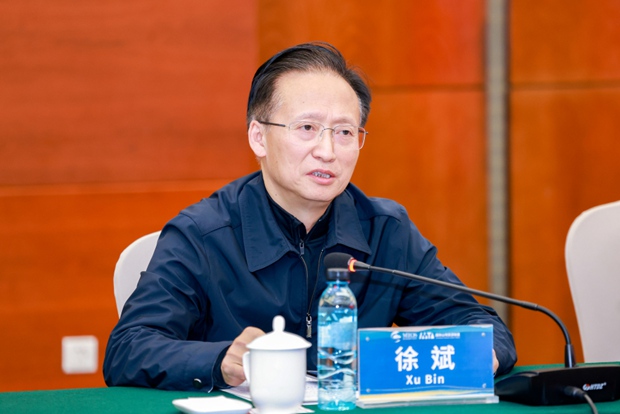
Liu Zhaohui, Vice Chairman of the IMTA, praised the cross-sector collaboration as promising and groundbreaking. He affirmed that the partnership between Sichuan and Guizhou offers valuable experience in merging mountain tourism with medical innovation.

Earlier in the day, a delegation from the Sichuan Medical Association visited their Guizhou counterparts for in-depth discussions on health screening, rehabilitation, big data applications, and joint medical initiatives. The two sides reached a preliminary consensus on a project aimed at supporting high-quality development of cultural, tourism, and sports industries through medicine.
The symposium marks a key step forward in the integration of medicine with cultural and wellness tourism between Sichuan and Guizhou, paving the way for continued collaboration and a new chapter in regional synergy.
Image and text source: IMTA
Editor Ⅰ: Zhang Wenwen
Editor Ⅱ: Bao Gang
Editor Ⅲ: Liu Guosong




